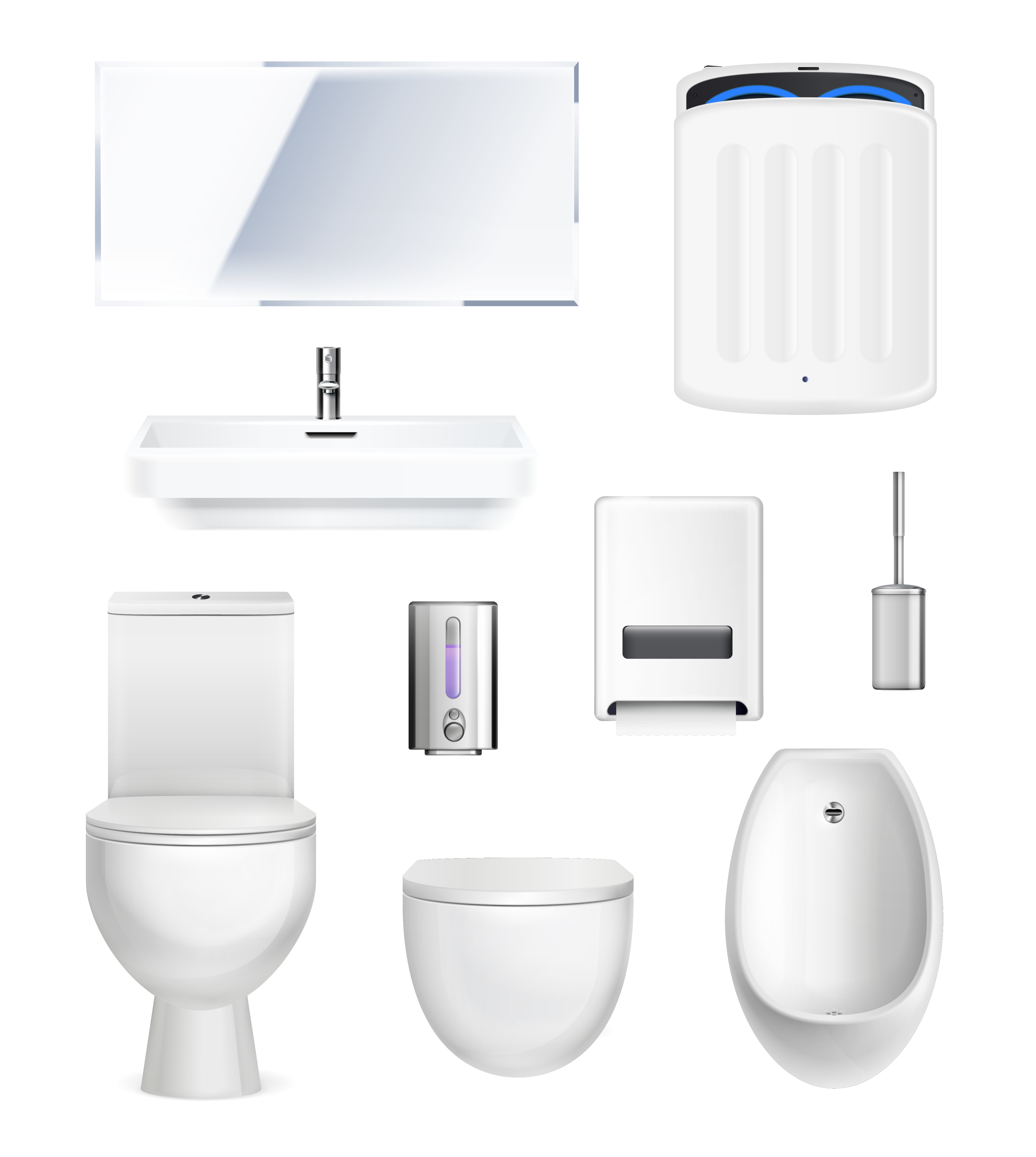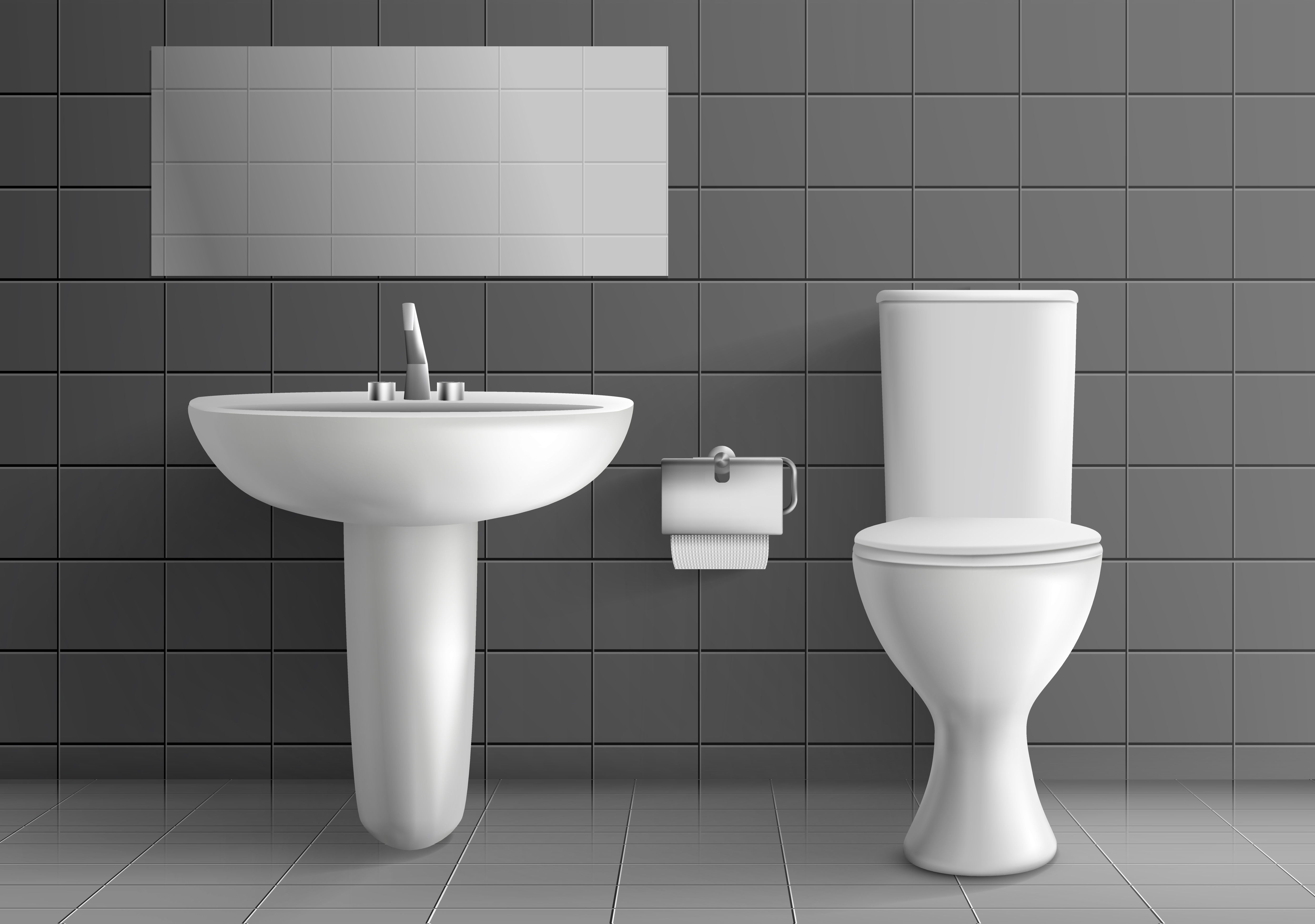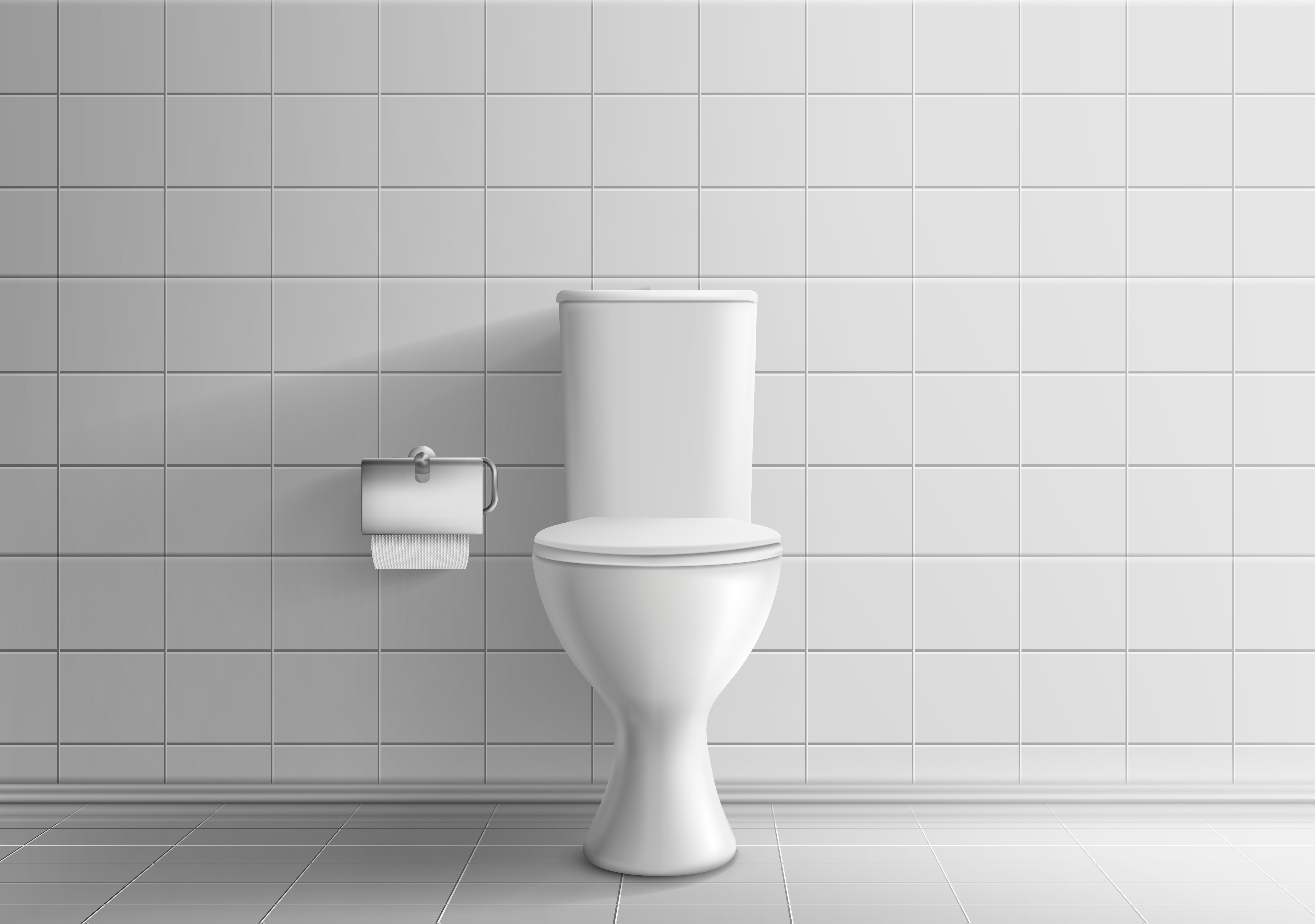Cistern is a large container for collecting and storing water if there is a situation where the conventional water sources are lacking. It has perhaps been constructed with diverse material options like concrete, fibreglass, and steel, being built above- or below-ground. Cisterns work by collecting the rainwater from the roof or other surfaces, and then they store it for domestic water use, irrigation, or emergency supply. Unlike wells, cisterns have waterproof walls and require a gravity distribution or a pressure pump to conduct the water to residential houses. The design allows proper filtration and excellent water preservation because the cistern model is suitable for regions where people are unable to access safe and pure water. These structures have played an essential role in human life from time immemorial and still do in modern and sustainable water management.
Benefits
1) Water conservation: Domestic installations of rainwater-harvesting systems reduce dependence on municipal water supply and foster sustainability.
2) Savings: For all purposes not requiring potable water, harvested rainwater is available for irrigation, toilet flushing, etc. This gets reflected in lowering the water bill.
3) Independence: Cisterns provide a useful means of storing water for users during drought or times of disruption in water availability; thus, a reliable supply of water is ensured.
4) Purity of Supply: The balancing act of filtering with good construction of a cistern ensures that pure water is safely supplied for drinking and other uses.
5) Environmental Impact: Rainwater harvesting relieves some stress on local water systems by alleviating stormwater runoff.






